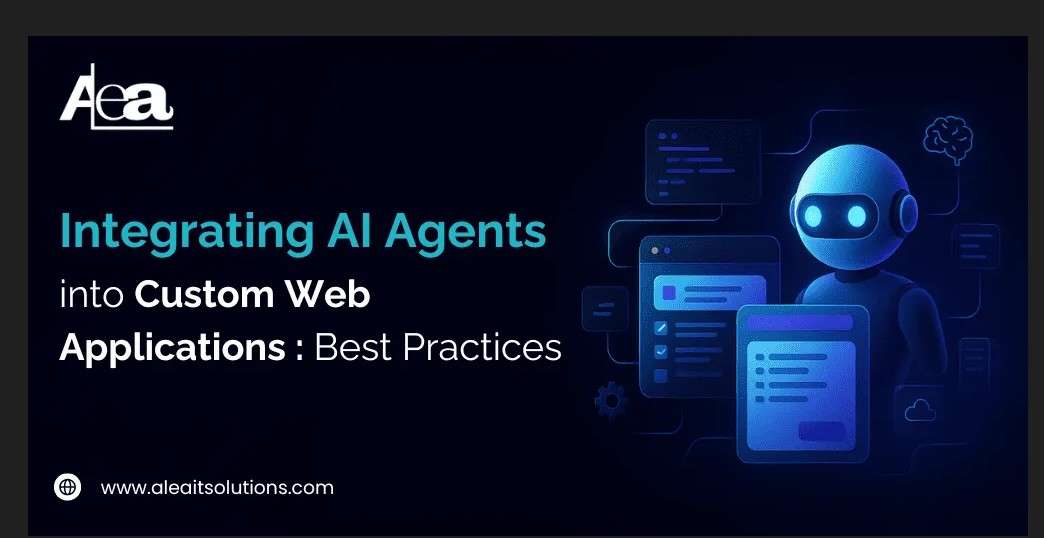


Everyone’s talking aboal product not just playing around, you’re probably asking a different questionut AI. Your competitors. Your investors.
It’s not experimental anymore. This is happening now, and it’s changing the way sharp IT teams get things done.
Here’s where it’s pulling real weight:
This isn’t about replacing developers it’s about removing friction. Whether you’re cleaning up old PHP, generating scaffolds for new APIs, or spinning up the bones of a frontend, AI tools can lay the groundwork fast. Think of it like pairing with a teammate who never complains and knows every stack inside out.
We’re way past the era of dumb, rule-based chatbots. The best AI assistants today understand real user intent, handle the routine stuff, and escalate when it’s actually needed. For lean teams, that’s fewer late nights chasing support tickets and more time building features that matter.
QA teams are using AI to keep up with the breakneck pace of software delivery. It’s writing test cases, simulating edge scenarios, mapping user flows, and catching bugs before they go live. This isn’t just automation it’s intelligent assistance that scales with your release velocity.
For startups or growing tech companies, speed is the difference between thriving and stalling. But moving fast usually means cutting corners somewhere tech debt, patchy documentation, late-night fire drills.Generative AI flips that around.Even mid-sized team are using AI to breathe life into legacy systems, reduce manual effort, and chip away at years of accumulated tech debt.The point? You don’t need a massive AI initiative. You just need to know where it makes the biggest difference.
No tool is perfect and generative AI has its own set of challenges.
Feeding sensitive company data into third-party models without guardrails? That’s a red flag. Responsible use means knowing where your data goes, who has access, and making sure models are tuned with privacy in mind.
If your infrastructure is modern and API-driven, integrating AI is fairly smooth. But if you’re dealing with decade-old codebases or monoliths, you’ll need to layer in smarter interfaces or wrap pieces into microservices before you see real results.
AI is powerful, but it’s not infallible. Mistakes still happen. Teams need to validate outputs and keep checks in place especially when AI is writing code or answering users.
The good news? You don’t have to start from scratch. There’s a solid ecosystem of tools built to help teams test, learn, and build responsibly.
The best tool for you depends on your stack, your data, and your risk appetite. But the barrier to entry has never been lower.
Out-of-the-box AI is useful but it only gets you so far. The real edge comes when you fine-tune it to your world.
Think about:
This isn’t science fiction it’s what smart teams are doing to save time and raise the bar.The most successful teams aren’t chasing shiny demos. They’re embedding AI where it makes real, lasting impact.
At ALEAIT Solutions, we don’t chase trends we build working systems.
We help you:
Whether you’re cleaning up legacy systems or building the next thing, we’ll bring the strategy, engineering, and hands-on AI expertise to make it happen.
Let’s stop talking about the future and start building it.
